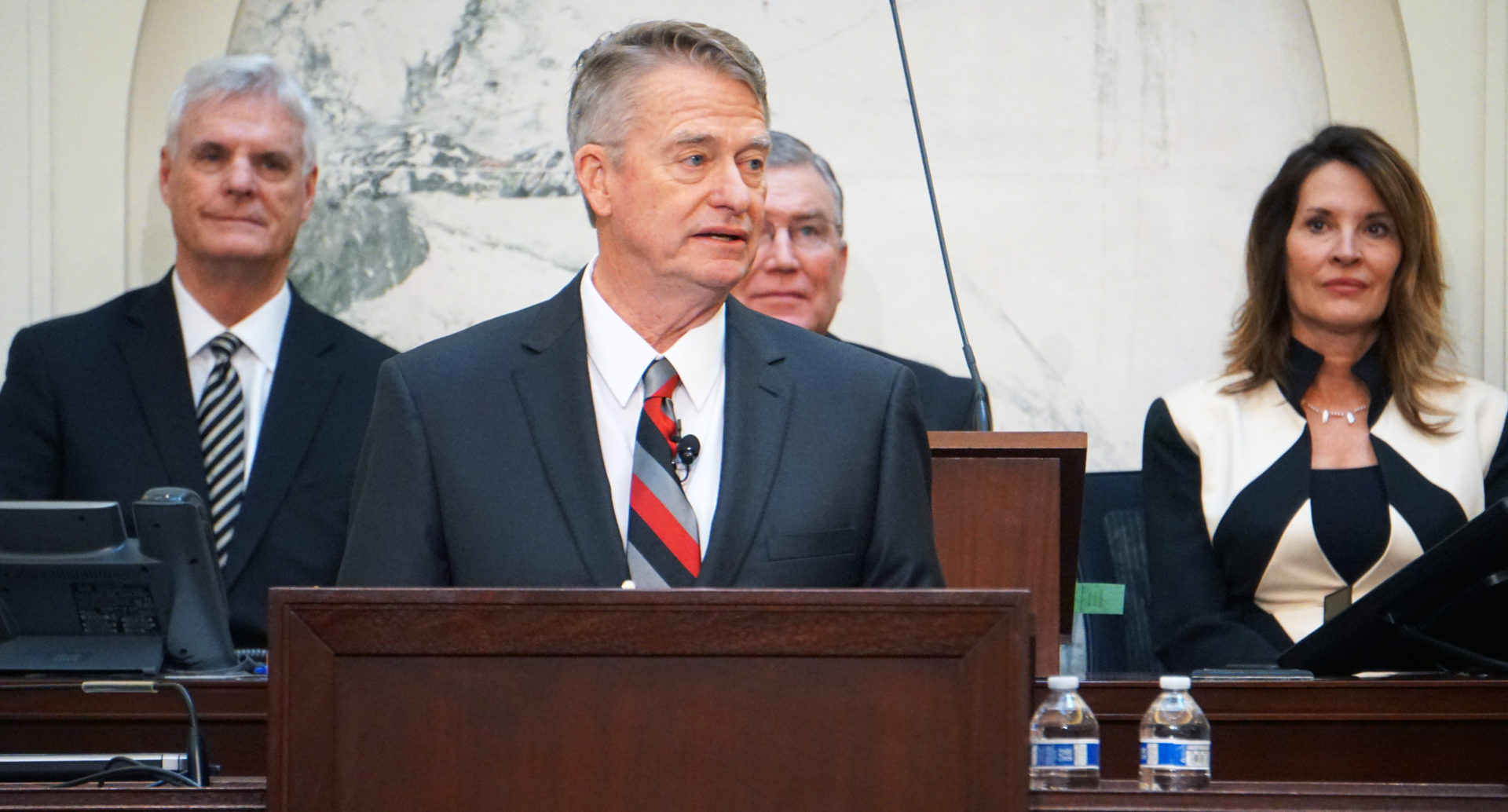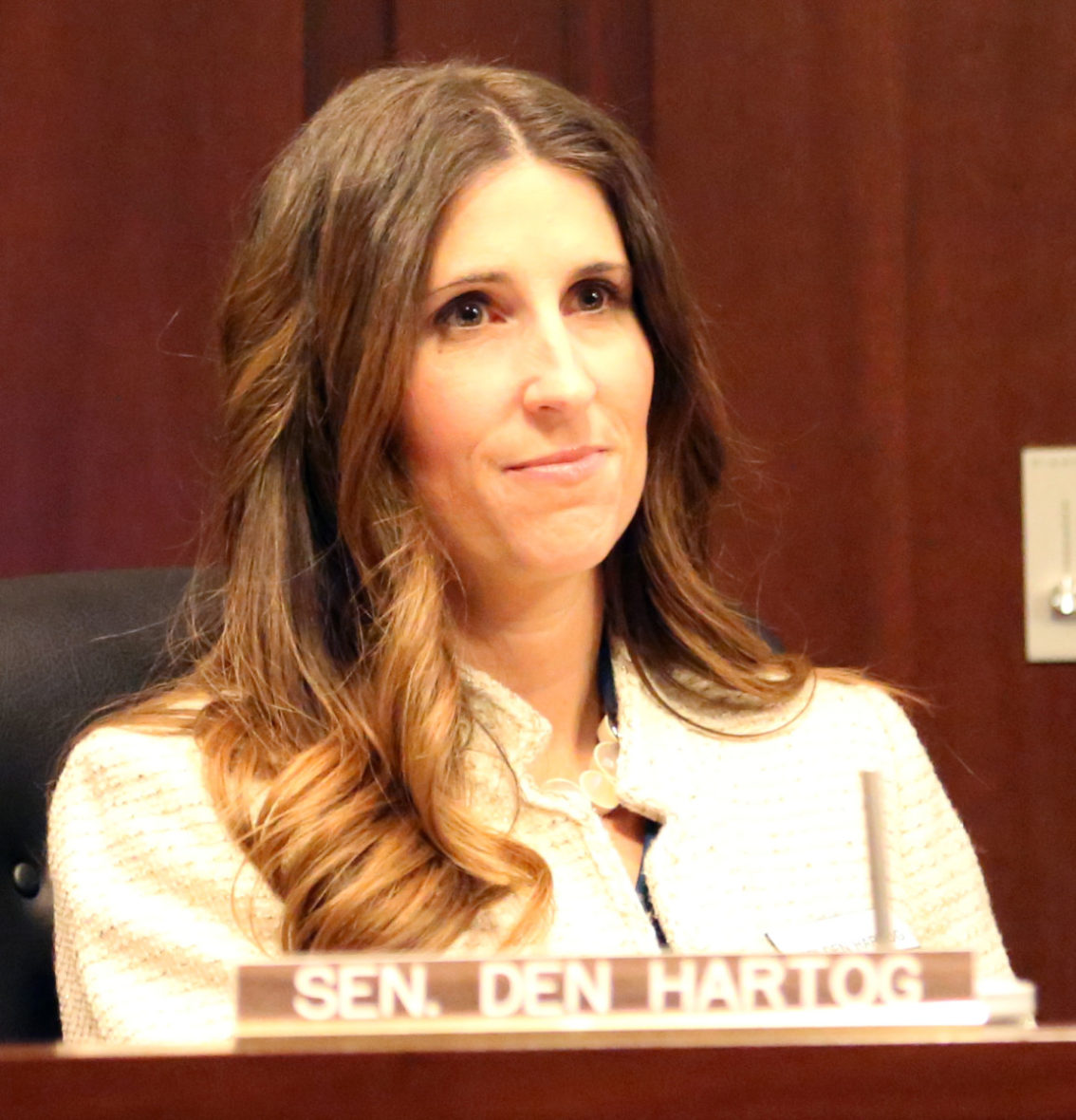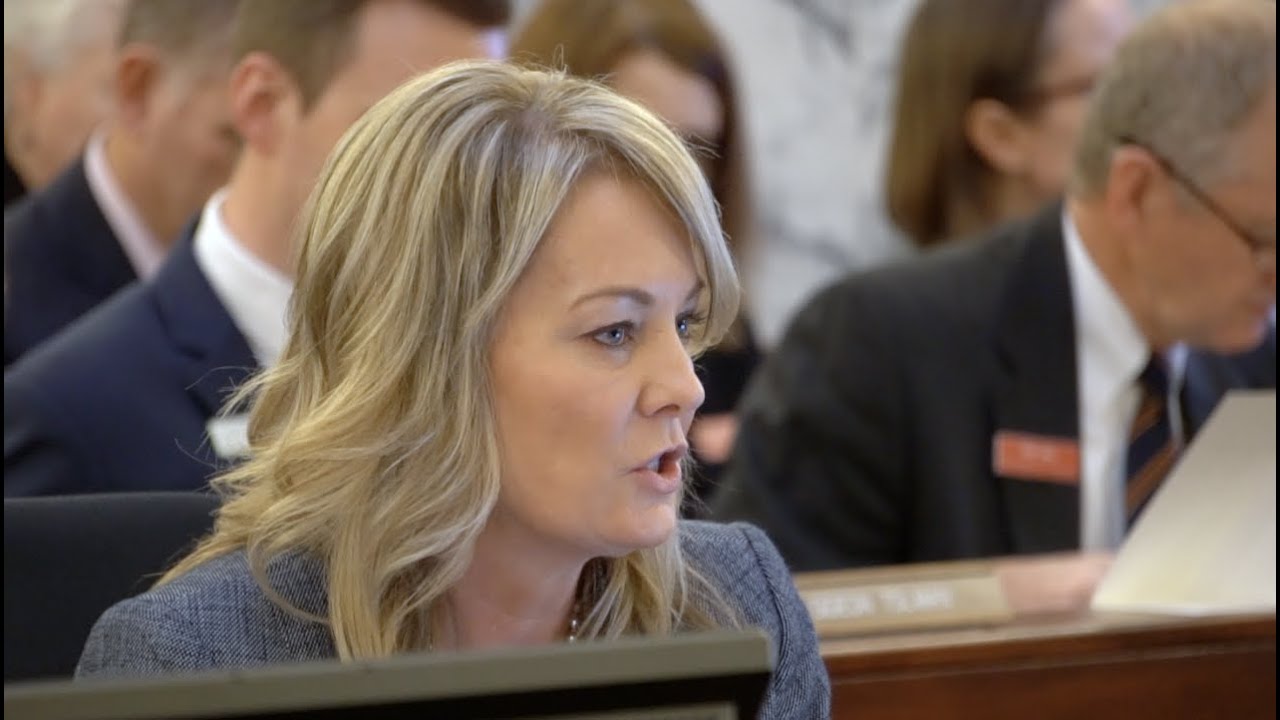(UPDATED, 10:41 a.m. Feb. 19, to clarify that Opportunity Scholarship budget will not come up Wednesday.)
Monday will be a big decision day for the Legislature’s budget committee.
The decisions could dictate where the state’s public school dollars go. And it could set the stage for other spending bills down the road.
The stakes are that high.
So before the Joint Finance-Appropriations Committee meets to hammer out the K-12 budget bills, let’s set the stage.
What happens to the career ladder? All the signs look good.
Gov. Brad Little and state superintendent Sherri Ybarra both want to fund the fifth and final year of the teacher salary plan. The projected cost: $48 million.
Lawmakers also appear to be on board — seeing year five as a continuation of a promise made in 2015.
Will lawmakers put additional money into teacher salaries? They have options.
Little wants to boost the minimum teacher salary to $40,000. But as personal income tax collections continue to lag well below projections, Little is slow-walking his campaign promise. He now wants to phase in the raises over two years. That would pare down the 2019-20 costs from $11.4 million to $3.8 million.
Ybarra has her own idea — costlier and diametrically different than Little’s proposal. She wants to put $27.8 million into the top end of the teacher pay scale.

Don’t expect JFAC to weigh in Monday. Little’s teacher pay bill was introduced only Wednesday. Ybarra’s proposal isn’t even in bill form. If the Legislature moves on a teacher pay bill, JFAC will come back with followup funding, said Rep. Wendy Horman, R-Idaho Falls, the committee’s House vice chairwoman.
What about those master teacher premiums? This is a new program, so this budget line item is a crapshoot. No one knows for sure how many veteran teachers will apply for the $4,000-a-year premiums — or how many teachers will qualify for the money.
Little has pegged the first-year cost at $7.2 million. Ybarra’s estimate comes in just under $12 million. The reality could fall somewhere in between. The State Board of Education expects to receive 2,500 teacher portfolios, which would translate to $10 million in premiums, if every teacher made the cut.
With teachers across the state working through the lengthy portfolio process, it’s safe to expect JFAC to put some money into the premiums. The amount is harder to peg.
What about insurance costs? Here’s one area where JFAC could deviate from Little.
Little didn’t fund a line item to cover rising insurance costs. On average, schools are reporting a 4 percent cost increase. Funding this line item — with a price tag of $7.4 million — is “non-negotiable,” said Horman, who takes a lead role in writing JFAC’s education budgets.
Along this vein, Horman would like to put an additional $7.1 million into “operational spending” for schools. Districts can use this money at their discretion, to cover anything from salaries to classroom technology and textbooks. The $7.1 million would cover inflation and enrollment growth, and fund a line item that education groups have made a high priority for several years. “We want to honor that commitment,” Horman said.

Is literacy “the elephant in the room?” Little spelled out his intentions in his Jan. 7 State of the State address: “Our goal must be to ensure all kids begin at the same starting line.” He backed up that challenge with a budget that held the line on many education line items, but proposed doubling spending on literacy programs to $26.3 million.
When the Senate Education Committee discussed budget priorities Monday, Chairman Dean Mortimer called literacy “the elephant in the room,” and struck a cautious tone. He applauded Little’s thinking, but said the state is only starting to track a program launched in 2016. “We really haven’t been able to measure the success of that, yet,” said Mortimer, R-Idaho Falls.
Mortimer isn’t the only skeptic.

“I don’t know that the additional $13 million will achieve what we want it to achieve,” said Sen. Lori Den Hartog, R-Meridian.
What about money for school safety? Not likely.
JFAC hasn’t funded Ybarra’s Keep Idaho Students Safe plan — especially her proposal to come up with $18.5 million for grants during the current budget year, which ends June 30. And tellingly, budget-writers didn’t ask Ybarra a single question about the plan during her Jan. 24 budget presentation. That silent said a lot about the fate of the KISS proposal, for the current budget year and the next budget year.
House Education Committee Lance Clow isn’t second-guessing JFAC, but he also acknowledged the specter of the unspeakable: a school shooting at an Idaho school.
“It’s always out there,” Clow, R-Twin Falls, told JFAC Wednesday. “I’m glad you made that decision and not me.”
Will Idaho put more money into mastery-based education? We won’t get that answer Monday.
Ybarra wants to grow the program — and allow more schools to move to a model that allows students to move through school based on their subject knowledge, not time spent at a grade level. She wants to double the budget for the mastery pilot to $2.8 million. The Little budget holds the line at $1.4 million.

Since Ybarra has a bill to lift the cap on mastery pilots — a bill that Senate Education still hasn’t heard — JFAC won’t fund an expansion at this time, Horman said.
Is that it for the education budget? Not so fast. JFAC will not set all of the education budgets Monday. Still to come: budgets for Idaho’s colleges and universities, community colleges, career-technical education and the STEM Action Center.
The State Board’s budget comes up Wednesday. Later comes Little’s proposal to increase the Opportunity Scholarship budget from $13.5 million to $20.5 million. Little’s team cites unmet need, and more than 3,400 students are on a scholarship waiting list. Mortimer says he isn’t sold on the proposed $7 million increase, on top of previous budget increases.
How does the K-12 budget fit into the big picture? It’s significant that JFAC is taking up public schools so early in the process. (The committee will start budget-writing Friday, with a handful of smaller agencies.)
JFAC will write the biggest budget of the bunch — and commit nearly half of the state’s budget — right out of the gate. That essentially puts K-12 at the head of the line. And that’s important, since JFAC is taking a conservative tack. As Betsy Russell of the Idaho Press reported Tuesday, lawmakers are looking to pare down Little’s overall state budget by $60 million. After the K-12 budget is written, watch for JFAC to whittle away at the budgets that follow.
“(It) sets a tone for what’s available for other budgets,” Horman said.
Check back Monday for full coverage of Monday’s budget hearing.
